Retail inventory optimization
Retail inventory optimization is the process of aligning your product assortment with real customer demand—making sure the right products are in the right stores at the right time. It helps reduce overstock and stockouts, improves turnover, and increases profitability.
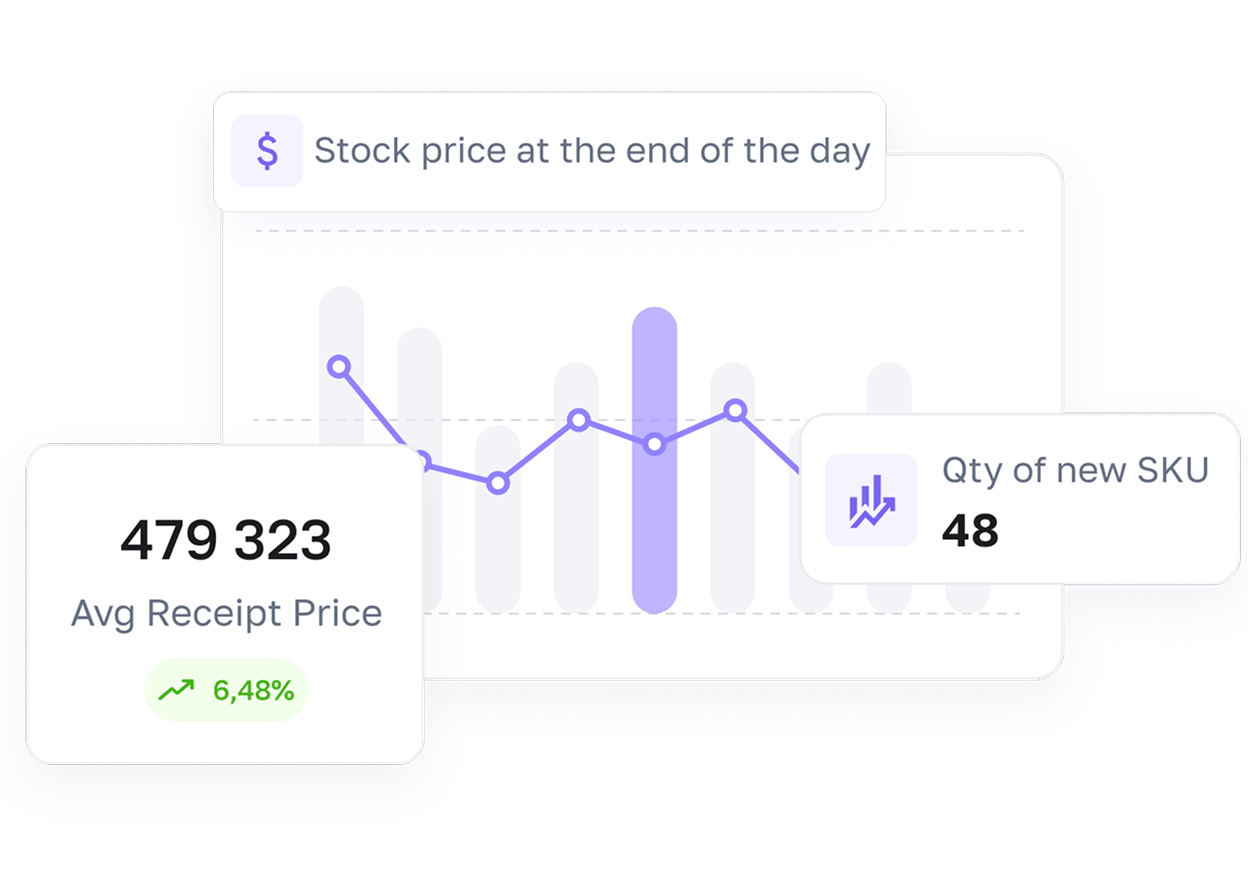
Inventory optimization for retail starts with the right reports

Improved response to demand volatility
Detailed sales and inventory reports help retailers spot demand shifts early, enabling timely assortment adjustments instead of reactive decisions.

Reduced impact of supply chain disruptions
With clear visibility into stock levels, turnover rates, and supplier performance, businesses can quickly identify risks and reallocate inventory to minimize the operational effects of delay.

Smarter planning for seasonality
By analyzing historical performance by product and location, retailers can plan seasonal assortments with greater precision.

Alignment with evolving customer demand
Reports on real purchasing behavior show what different customer segments buy, helping retailers adapt the product mix and stay relevant across regions or formats.

Balanced product mix across locations
Reports that break down performance by store type, region, or format allow retailers to adapt the assortment to local demand without overcomplicating operations.

Resource efficiency across teams
Reliable reports free category managers from raw data work, letting them focus on strategic decisions that shape margin, availability, and customer experience.
Retail data analytics in action: selected report examples
Business-critical issues resolved with retail data analytics
Datawiz - a single source of truth for your retail data
All your analytics in one place
From sales and inventory to staff performance — every key metric is centralized. It’s convenient for teams and gives managers full visibility to stay in control and react fast.
Accurate forecasting based on real data
Descriptive analytics help you plan ahead with confidence. Instead of relying on assumptions, you forecast using customer behavior, seasonality, and actual sales trends.
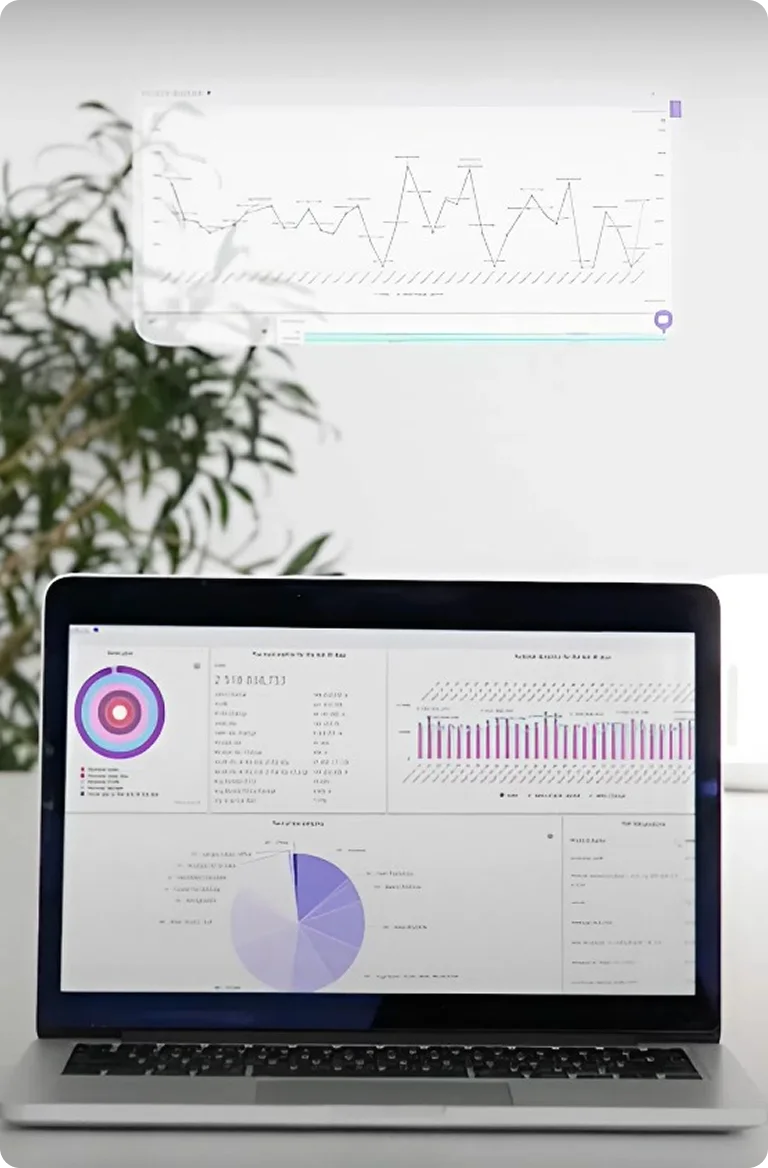
Local-level control for stores
Datawiz lets you break down performance by store, category, or manager. Spot problems early, address local issues fast, and support your regional teams with actionable insights.
Intuitive system — no tech skills required
With a user-friendly interface, built-in tips, and live chat support, your team can get started instantly. No analysts needed and no delays. Just fast onboarding and immediate value.
Q&A
Inventory and sales reports provide ready-to-use insights instead of raw data. Category managers no longer need to manually analyze stock levels, supplier performance, or turnover rates. With automated retail inventory optimization tools, they can focus on strategic decisions that directly impact assortment planning, profitability, and customer satisfaction.
Yes. Reports can be filtered by store type, region, or even down to individual SKUs. This flexibility helps retailers adapt the product mix to evolving customer demand, balance inventory across locations, and minimize both stock outs and overstock without overcomplicating daily operations.
Reports such as the Stock Monitoring and Supplier Analysis highlight risks before they turn into empty shelves. By tracking sales trends, supply chain disruptions, and discrepancies between recorded and actual stock, managers gain early visibility into potential gaps. This enables proactive replenishment planning and reduces lost sales due to stock outs.
Category managers – to optimize assortment, monitor SKU performance, and improve turnover.
Supply chain teams – to detect disruptions, manage stock imbalances, and ensure accurate replenishment.
Store managers – to track store-level performance, reduce inventory discrepancies, and align with local customer demand.
Executives and owners – to gain a clear overview of sales, profitability, and supplier reliability across the retail chain for better strategic decisions.
 What's new?
What's new?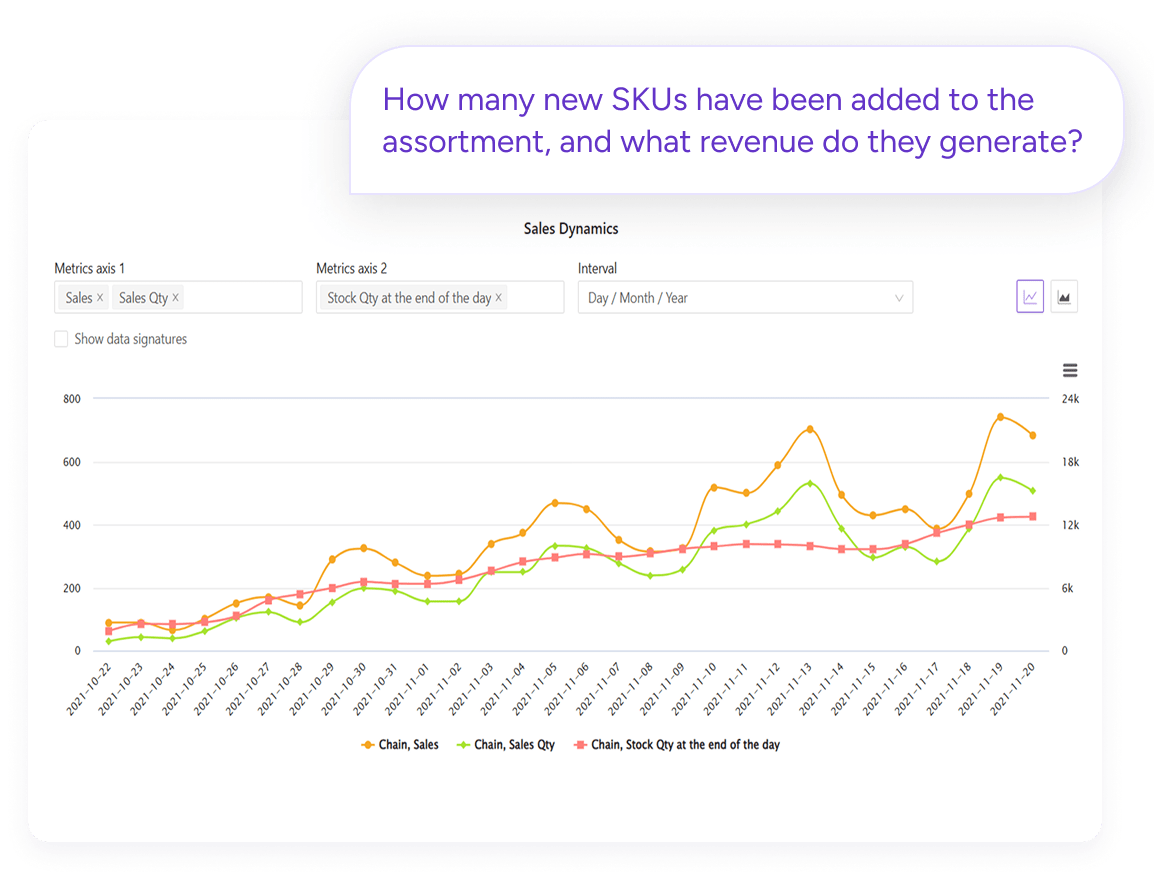
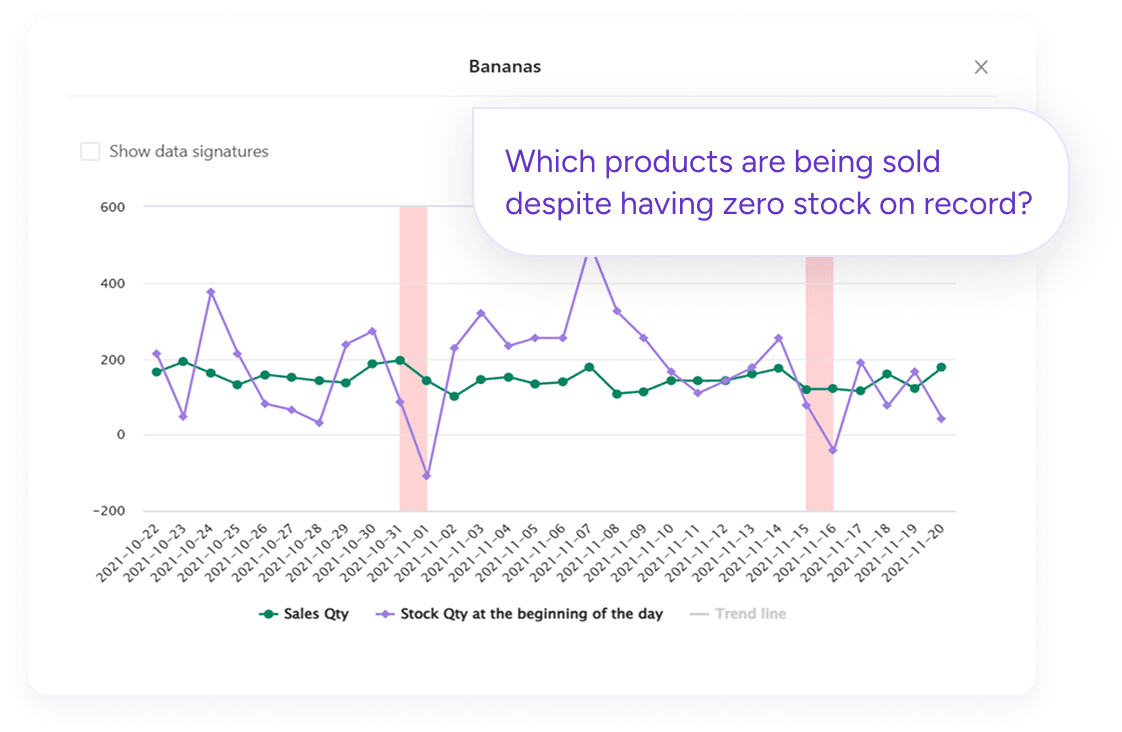
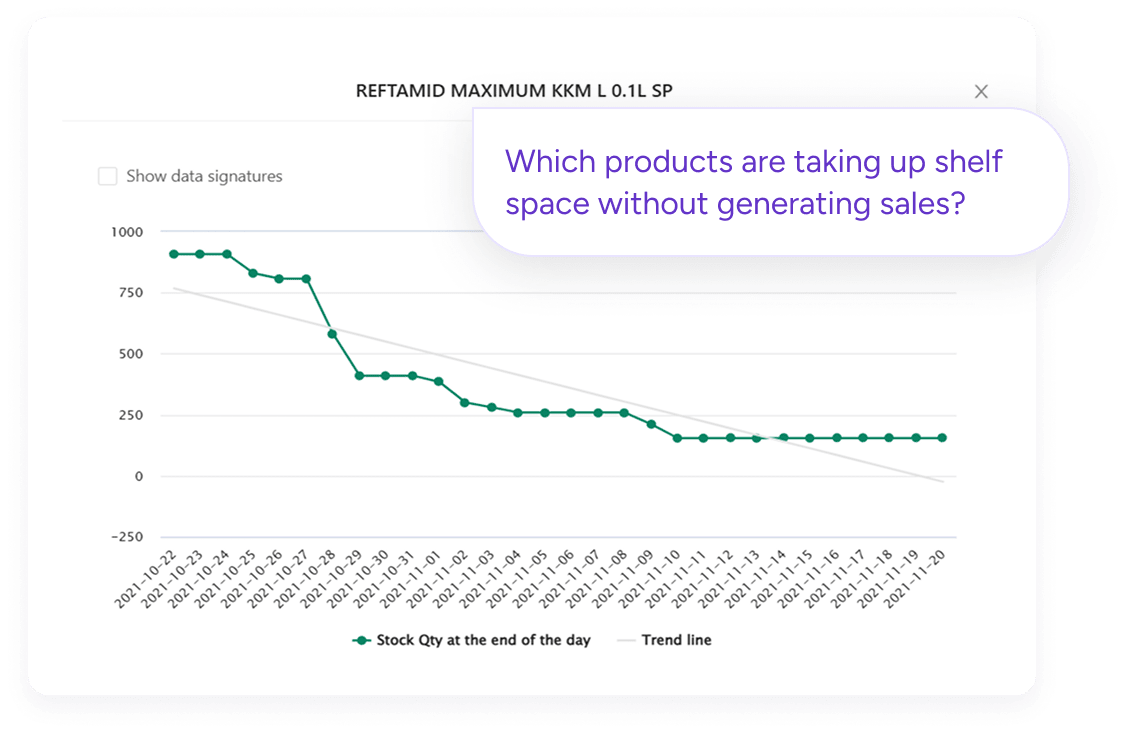
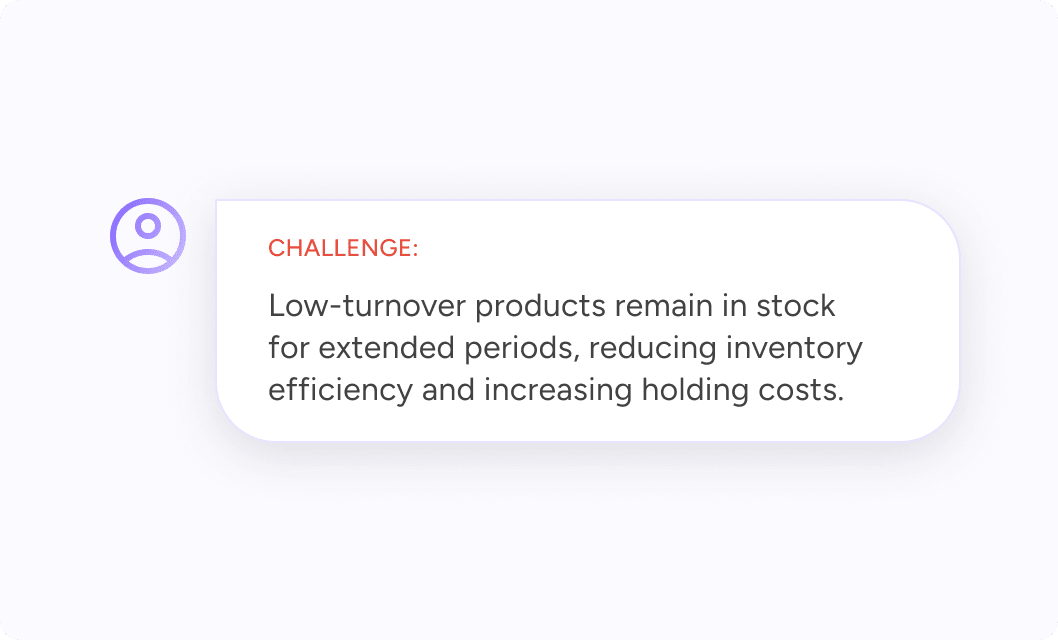
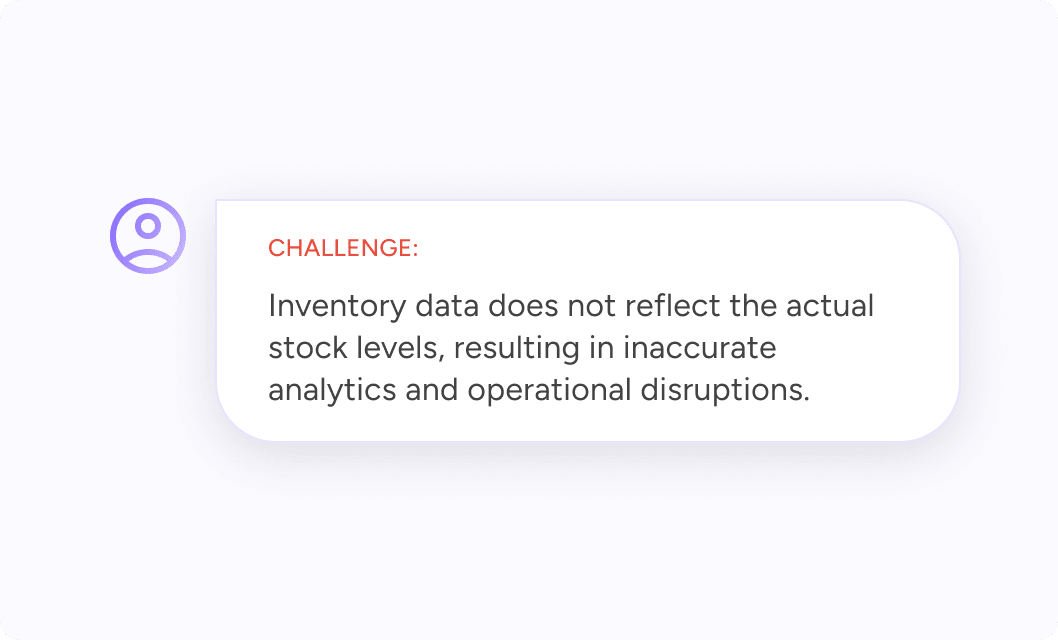
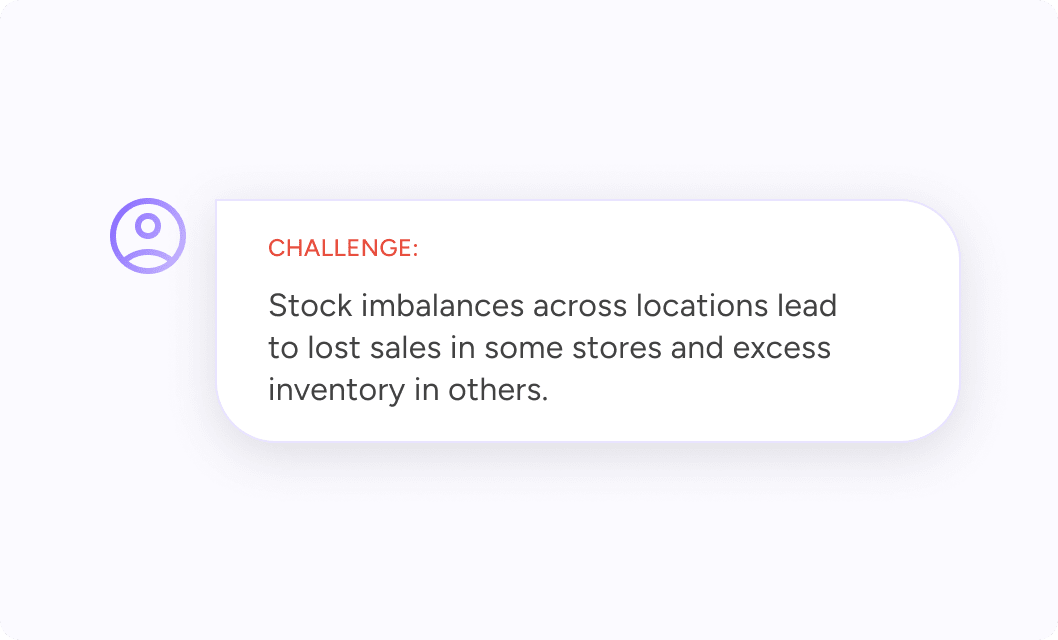
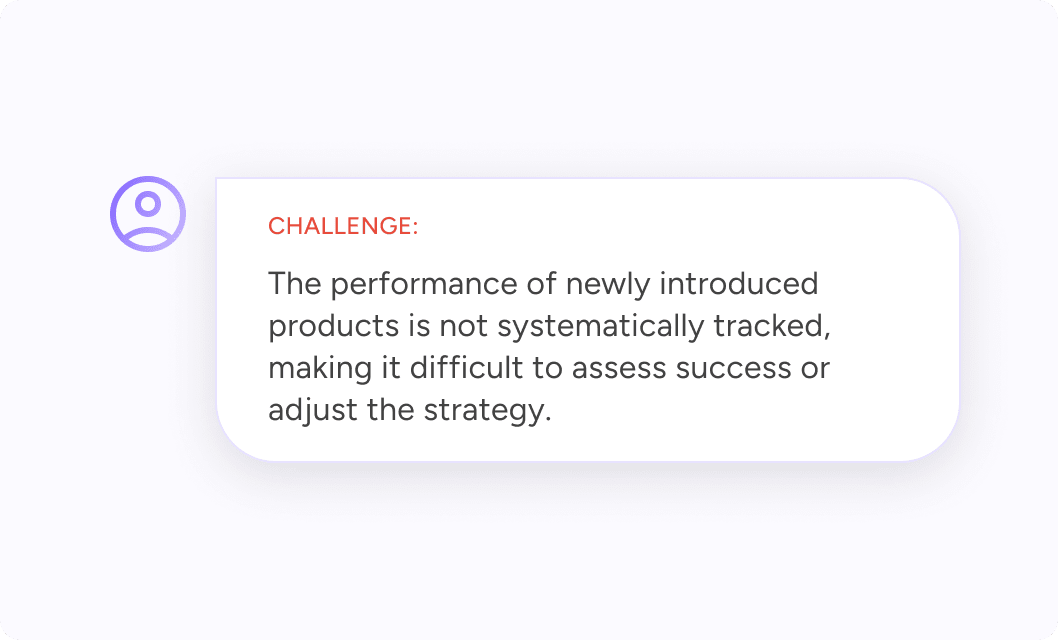

 No credit card required
No credit card required